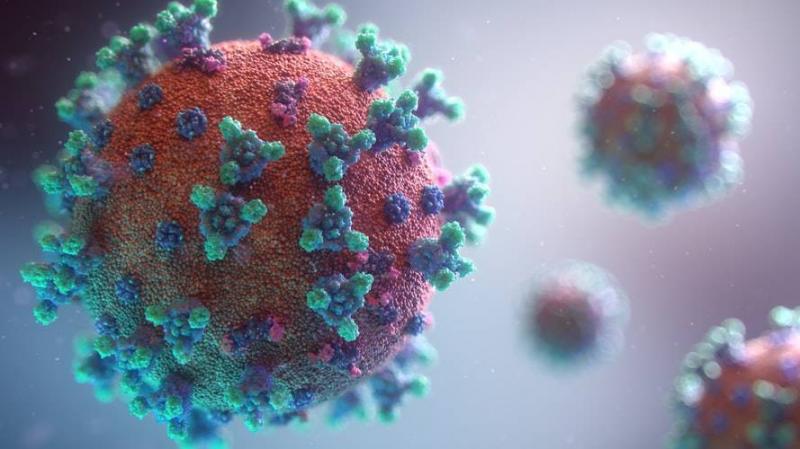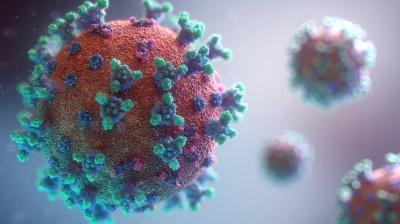The American newspaper "New York Times" published a video showing the moment the novel coronavirus breaches the brain cells of a bat. The newspaper explained that the video demonstrates the virus's "aggressive" infiltration of brain cells.
According to the newspaper, the footage was recorded by Sophie Marie Itcher and Delphine Planas, who received high praise for their participation in the "Nikon Small World International Competition," which is dedicated to microscopy photography. The video was filmed over 48 hours, capturing an image every 10 minutes, showing the coronavirus appearing as red spots spreading among a mass of gray dots—bat brain cells.
Once those cells are infected, the bat cells start to fuse with neighboring cells. At one point, the entire mass explodes, leading to cell death. The footage reveals how the pathogen converts cells into factories for producing viruses before causing the death of the host cell.
Itcher, one of the videographers and a specialist in zoonotic diseases, particularly those that can jump from animals to humans, stated that the same scenario occurring in bats also happens in humans, with one important difference: "Bats ultimately do not get sick."
In humans, the coronavirus can evade and cause more harm partly by preventing infected cells from alerting the immune system about the intruders. However, its special strength lies in its ability to force host cells to fuse with neighboring cells, a process known as syncytia, which allows the coronavirus to remain undetected while replicating.
Itcher added, "Every time the virus has to exit the cell, it is at risk of being detected, so if it can move directly from one cell to another, it can operate more swiftly."
She expressed hope that the video would help demystify the virus, making it easier to understand and appreciate this deceptive enemy that has turned the lives of billions of people upside down. Since the World Health Organization's office in China reported the emergence of the disease at the end of December 2019, the coronavirus has caused the deaths of 4,423,173 people worldwide.




